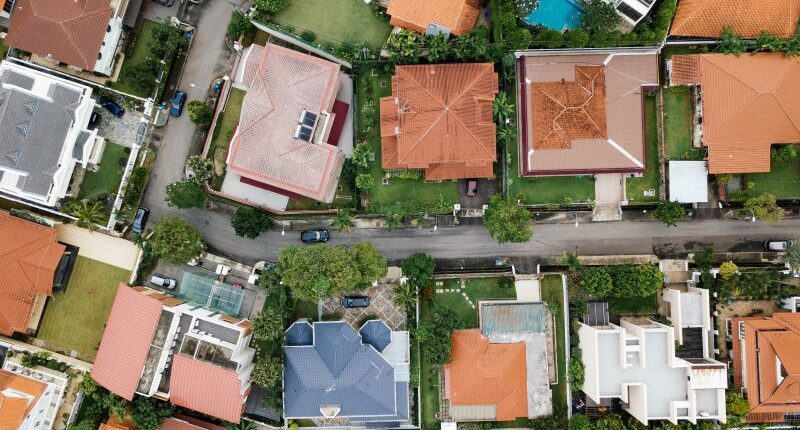- The sharpest rise in rents was seen earlier this year
- Vacancy rates have declined as supply dwindles to record lows
- Prices for properties with new tenants are more likely to change than for properties with existing tenants
More households forming following Covid lockdowns and the return of international students are some of the reasons driving advertised listing prices up in the latest from the Australian Bureau of Statistics (ABS).
According to the ABS’ New insights into the rental market, the actual rents paid by new tenants increased by 14% in the 12 months to February, which is 9 percentage points higher than the increase in the monthly CPI indicator rent index.
The report found that larger rent increases are becoming more common for all properties over the past year, with more than 60% of properties with new tenants having rents that were more than 10% higher than a year earlier.
Conversely, just a quarter of properties with existing tenants experienced rent increases of more than 10%.
Since the onset of the pandemic in 2020, rents paid by new tenants have increased by 24% and the CoreLogic advertised rent series has increased by 22%.
Rents, June 2019=100

New tenants paying up
Rental prices for properties with new tenants are more likely to change than for properties with existing tenants the report found.
Over mid-to-late 2020, new tenants tended to pay rental prices lower than or equal to what was being paid for a given rental property the year prior. However, since mid-2021, the majority of new tenants have been paying higher rent than was charged for the same property the year prior. This share increased to as high as 94% in February 2023, compared with 71% for properties with existing tenants
In capital cities, rent rises have also become larger and more common according to the report.
In the last year, rent prices have increased for nearly 75% of rental properties, a sharp jump from the pre-pandemic rate of around 25%.
The report also found that there was a divergence in rent inflation between capital cities and regional areas. Rents increased the most in regional areas furthest from a capital city, while some capital cities experienced a decline due to high rental property supply and weak demand caused by travel restrictions and lower population growth.
However, as travel restrictions eased and the trend of living further away from the major capital cities reversed, there was a clear tightening of the rental market, particularly in metro areas.
Measures of rent prices for new tenants, February 2020=100

International students return to Australia
The report noted that as Australia’s borders opened and the Government increased the overall level of immigration, rents have surged.
“More recently, the return of international migration – and, in particular, the return of international students – has added to demand for rental properties in the major cities.”
Australian Bureau of Statistics (ABS)
“Advertised rents have grown strongly and finding a suitable rental property has become more difficult as vacancy rates have declined.”
The demand for rentals has seen many properties leasing for an amount higher than the advertised amount, the report said.
The ABS also noted that, since the onset of Covid, there has also been a decrease in the number of people living in households.
The average number of people in each household declined, which contributed to roughly 120,000 additional households being formed across the country.








